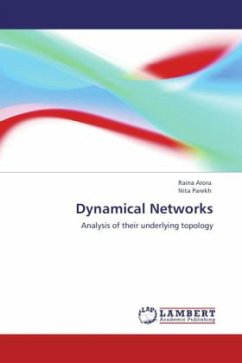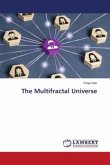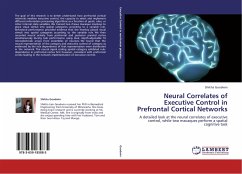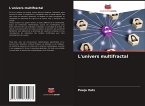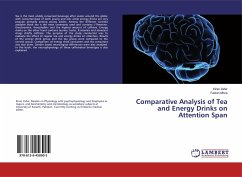Recently much attention is being focused on a class of network models that are neither strictly regular nor completely random, but are somewhere in between and exhibit properties of both, e.g. small-world, scale-free, etc. Here modeling of real physical and biological processes on such networks is studied. The dynamical changes that occur as a result of non-local spatial coupling and inhomogeneity in the connectivity pattern with a view to suppress/induce chaos and achieve global control of the spatiotemporal dynamics by applying external perturbation or pinning to a few nodes in networks is investigated. We show that by exploiting the network topology (i.e. the underlying connectivity structure) to choose the minimal set of nodes for exerting pinning, control to any desired dynamical state can be easily achieved with much lower pinning strengths and pinning densities. This has important applications in having the ability to manipulate the dynamics in excitable systems, e.g., epileptic seizures, cardiac arrest, etc.
Bitte wählen Sie Ihr Anliegen aus.
Rechnungen
Retourenschein anfordern
Bestellstatus
Storno

